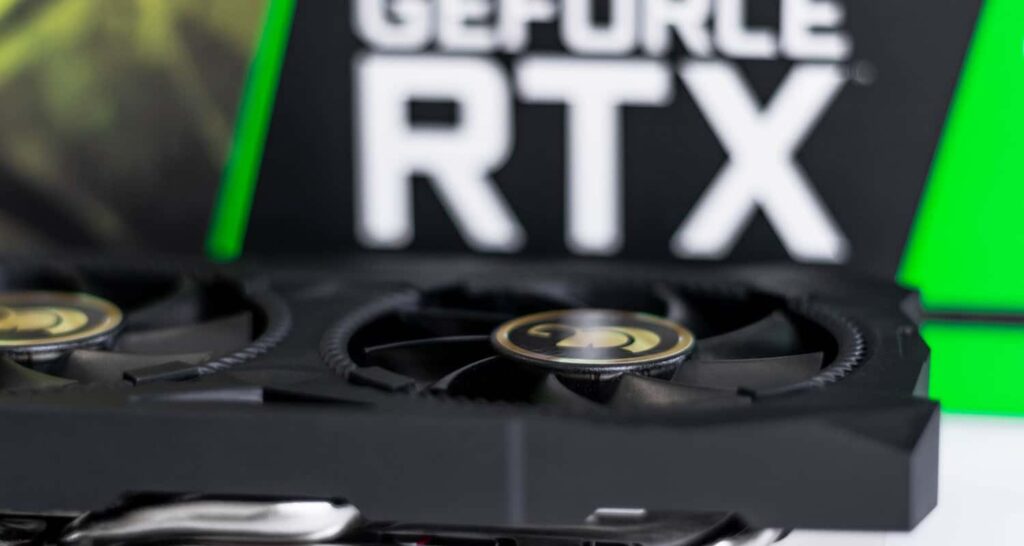Last updated: November 12, 2025
Table of Contents
The “Display driver NVIDIA Kernel Mode Driver has stopped responding and has recovered successfully” error is typically an indication of an outdated, corrupted, or unstable graphics driver, often exacerbated by system configurations or underlying hardware issues.
The crash can manifest as screen flickering, a momentarily black screen, or distorted, low-quality graphics before the system recovers. Here are the most effective and current ways to resolve this problem.
See also: How to Check Your Graphics Card (GPU) on Windows 10 & 11 in 2025 — 4 Fastest Methods
1. Perform a Clean Driver Reinstallation (Most Effective Fix)
Since the issue often stems from driver corruption or faulty installation, a complete and clean reinstallation is the first and most critical step. This ensures all old, conflicting files are removed.
- Use Display Driver Uninstaller (DDU): Download and run DDU in Safe Mode to thoroughly remove all existing NVIDIA graphics drivers and related files.

- Download the Correct Driver: Go to the official NVIDIA Driver page. Manually search for the latest Game Ready driver for your specific graphics card model and Windows operating system.
- Install Cleanly: Run the downloaded installer. When prompted, select the Custom (Advanced) installation option and ensure you check the box for Perform a Clean Installation.

- Restart: Finally, Restart your PC.
- Rollback if Unstable: If the latest driver causes the crash, repeat the process but install an older, stable version instead. Many users find a particular driver version works best for their specific hardware/game combination.
2. Increase the Timeout Detection and Recovery (TDR) Delay (Registry Fix)
This crash message is essentially Windows’ Timeout Detection and Recovery (TDR) feature flagging that the graphics driver was unresponsive. By default, this timeout is very short. Increasing this value gives the GPU more time to complete intensive tasks without Windows assuming it has crashed.
- Open the Run Prompt by pressing Windows Key+ R. Type
regeditand press Enter to open the Registry Editor.

- Navigate to the following location:
- HKEY_LOCAL_MACHINE\SYSTEM\CurrentControlSet\Control\GraphicsDrivers
- Right-click on the GraphicsDrivers folder, select New, and then choose DWORD (32-bit) Value.

- Name the new value
TdrDelay.

- Double-click
TdrDelayand set its Value data to8(This sets the timeout to 8 seconds). Ensure the Base is set to Decimal. - Close the Registry Editor and Reboot your device.
3. Adjust NVIDIA Control Panel Power Management
The crash can occur if the GPU is attempting to save power during high-performance tasks, leading to instability. Forcing it to use maximum power can stabilize the driver.
- Open the NVIDIA Control Panel.
- Go to 3D Settings > Manage 3D settings.
- In the Global Settings tab, scroll down to Power management mode.
- Change the setting from “Optimal power” (or similar) to Prefer maximum performance.
- Click Apply and test if the issue persists.
4. Check and Optimize Windows Power Management Settings
The crash can also be linked to the PCI Express power-saving features in Windows. Disabling this feature can prevent instability in how the motherboard communicates with the graphics card.
- Open the Control Panel and go to Power Options.
- Click on Change Plan Settings next to your active power plan (ideally set to High Performance or a custom plan).
- Click on Change advanced power settings.
- Expand the PCI Express section, then expand Link State Power Management.
- Set the setting to Off (for both “On battery” and “Plugged in” if on a laptop).
- Click Apply and OK.
5. Disable In-Game/Desktop Overlays and Hardware Acceleration
Overlays from programs like the NVIDIA App, Discord, Steam, or Xbox Game Bar can sometimes conflict with the driver and cause crashes.
- Turn Off NVIDIA Overlay: Open the NVIDIA App, navigate to Settings, and turn off the In-Game Overlay (or the corresponding setting in the older GeForce Experience app).
- Disable Discord/Steam Overlays: Go into the settings of any third-party apps you use (like Discord, Steam, or video players) and disable their in-game or system-level overlays.
- Check Hardware Acceleration: For browsers or other non-gaming apps that crash the driver, try disabling their hardware acceleration setting, which shifts graphical rendering away from the GPU.
See Also: How To Tell If A Graphics Card Is Bad I Here Are Five Ways To Know
6. Monitor and Adjust GPU Temperature/Fan Speed
Overheating is a classic cause of system instability and driver crashes. If the error occurs when your system feels hot, overheating is the likely culprit.
- Monitor Temperature: Use a hardware monitoring tool (like HWMonitor or MSI Afterburner) to check your GPU’s temperature, especially under load. A maximum temperature over 85°C is a concern.
- Adjust Fan Curve: If the GPU is overheating, use a utility like MSI Afterburner to create a custom, more aggressive fan speed curve. This forces the fans to spin faster at lower temperatures, keeping the GPU cooler.
See also: What Is A Dangerous Temperature For A CPU? Warning Signs
7. Verify Hardware Integrity (Physical Check)
In some cases, the “driver crash” is actually a sign of physical instability or a failing component.
- Check Physical Connections: Ensure your graphics card is firmly seated in the PCIe slot. Unplug and re-plug it.
- Check Power Cables: Ensure the dedicated PCIe power cables (6-pin, 8-pin, or 12-pin) running from your Power Supply Unit (PSU) to the graphics card are securely connected. Loose power cables can cause crashes under load.
- Test PSU: A failing or under-powered Power Supply Unit (PSU) can also cause a crash, especially under load, as the GPU is starved of power. If possible, test your PC with a known-good, higher-wattage PSU.
FAQs
What does a kernel mode driver do?
Kernel-mode drivers are software components that run in the same memory space as the operating system kernel. This gives them direct, privileged access to system hardware components like the CPU, memory, and I/O units. They are critical for the operating system to communicate with your hardware (like the NVIDIA GPU).
What is the TDR feature?
TDR stands for Timeout Detection and Recovery. It’s a Windows feature designed to prevent the infamous “Blue Screen of Death” when the GPU stops responding. If the GPU is unresponsive for a brief period (default is very short), TDR assumes the driver is stuck, restarts the driver, and displays the “driver has stopped responding and has recovered” message. A true crash occurs if TDR fails to recover the driver.
How do I stop Windows from automatically updating my NVIDIA driver?
Windows Update sometimes installs older or less stable versions of the NVIDIA driver, causing new crashes. To prevent this, you can:
- Open the Run Prompt (Windows Key+ R).
- Type
systempropertieshardwareand press Enter. - Go to the Hardware tab, then click Device Installation Settings.
- Select No (your device might not work as expected) to prevent Windows from downloading and installing manufacturer’s apps and custom icons for your devices.
See also: How To Turn Off NVIDIA Overlay | Explained With Pictures




